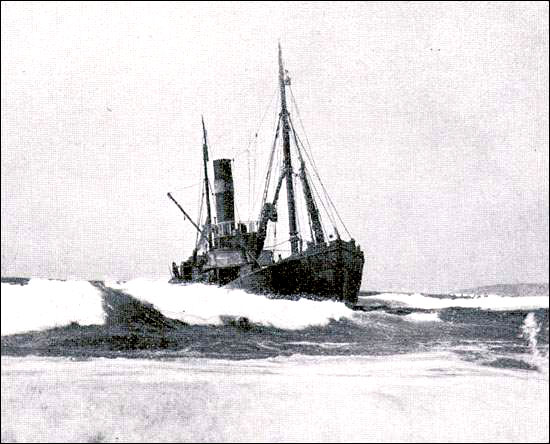The France-Canada Maritime Boundary Dispute
During the 1980s, a dispute developed between Canada and France over the precise definition of the maritime boundary between their respective territories in the region. This dispute was generated in part by overlapping claims to the sea bottom and the mineral resources, such as oil, thought to be found on or under the sea-floor.
Beginning in 1966, both countries began issuing permits to explore for oil and gas on and around the St. Pierre Bank. In 1967 France and Canada agreed to a moratorium on exploration until ownership of the resources was resolved, but continuing arguments were generated by Canadian and French efforts to claim ever-expanding exclusive fishing zones. Canada declared a 12 nautical mile (n mi) territorial limit late in 1970, and France followed suit in 1971. This meant that their territorial sea claims overlapped in the Burin Peninsula area and impinged upon fishing rights defined by the several treaties signed between 1713 and 1904.

Reaching an Agreement
Consequently, in 1972 an agreement was reached between the two countries to settle these claims and to restructure their treaty arrangements over fishing. The agreement not only defined the boundary between the French islands and the Newfoundland coast but also made a distinction between the access rights of the metropolitan French fishing fleet and those of the fishermen of Saint-Pierre and Miquelon. However, in 1977 Canada claimed a 200 n mi Exclusive Fishing Zone (EFZ), while France declared a 200 n mi Exclusive Economic Zone (EEZ), the difference in the two being that the EEZ also encompassed the mineral resources issue. Although Canada's position was that Saint-Pierre and Miquelon should only be entitled to a 12 n mi offshore zone, the 1972 agreement was automatically extended to cover French access to the much-expanded Canadian jurisdictional zone, subject to certain conditions, until a maritime boundary agreement could be reached.
The principal overlap was in the area south of the French islands, extending to the St. Pierre Bank, rich in fish and with a potential as well for oil. Then, in the 1980s, the French catch began to increase despite Canadian efforts to assign smaller quotas to France in the face of dwindling stocks. After much friction and wrangling between the two countries, which included seizures of fishing vessels, recalled ambassadors, and violations of existing agreements, Canada and France reached agreement in 1988 to adjudicate the boundary. The quarter-century dispute was resolved in 1992 by an international court of arbitration. According to the board's decision, France received an economic zone within a 24-mile limit off Saint-Pierre and Miquelon, as well as a 10-.5 mile-wide corridor running south 200 miles towards international waters. The resulting economic zone, measuring only 3,607 square nautical miles, was much smaller than France had claimed, and providing accordingly access to much less fish. According to the arbitration decision, France would have to negotiate with Canada for access to fish outside its zone.
These were years of severe crisis in the Newfoundland fisheries, caused by over-exploitation of fish stocks by both Canadian and foreign fishermen, and the arbitration decision precipitated a short period of considerable tension between fishermen from Canada and those of Saint-Pierre and Miquelon. In 1994, however, Canada and France reached a new agreement regulating the fisheries which has established a satisfactory modus vivendi. [feasible arrangement]




